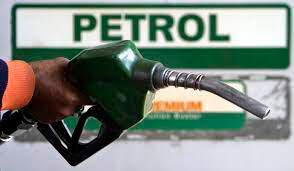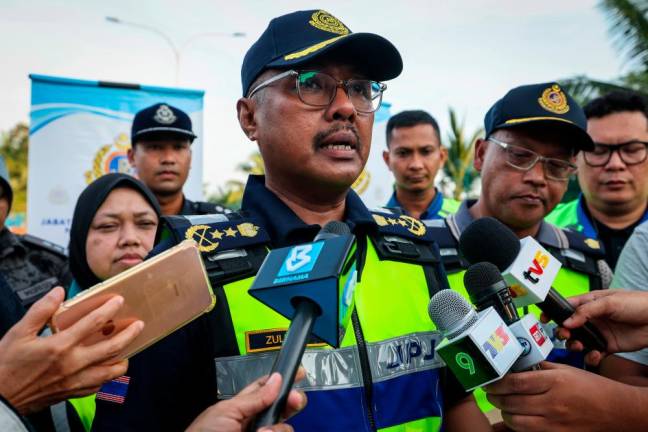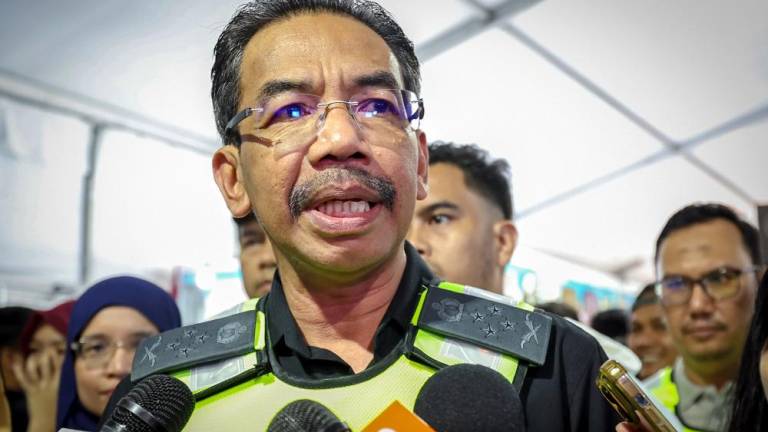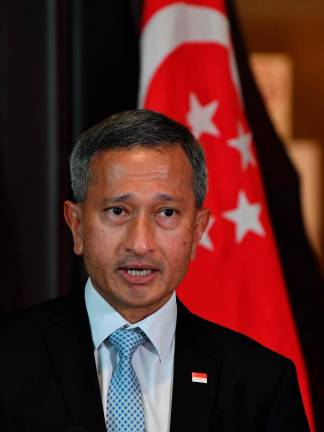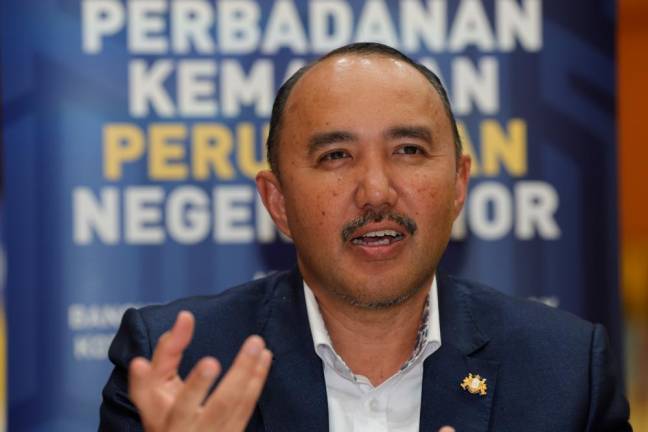EARLY this year we read that the Economic Planning Unit (EPU) in the Prime Minister’s Department was at the final stage of formulating a New Energy Policy that is expected to change the landscape of the country’s energy industry in near future. The Association of Water and Energy Research Malaysia (Awer) would like to highlight issues that the EPU must take into consideration to correct many mistakes done in the past and prevent their repetition.
First and foremost, redundant agencies make implementation of good policies difficult. For example, the Sustainable Energy Development Authority (Seda) was born out of office politics and has caused the energy efficiency drive in the nation to take a back seat. The government has admitted that the Feed in Tariff (FiT) mechanism was a failure after not heeding our warning as early as 2011 and even after explaining to the minister in charge back then. To get the ball rolling, the federal government must close down Seda and its functions can be done by the Energy Commission (ST).
Second, full-scale energy efficiency implementation across the board is a must. Generally, huge capital expenditure is required to move to more environmentally friendly energy resources. However, it is inane to have an inefficient consumption pattern of direct fuel or derived energy forms such as electricity or heat. It is vital to ensure that consumption pattern for energy is moved towards more efficient solution by behavioural changes, technology overhauling and retrofitting.
Businesses must develop internal human capital to be able to achieve such drive as it is a more cost effective approach. The government must develop case studies, transfer mechanisms and legislations to support such drive via ST.
Efficiency is the major parameter in keeping energy demand curve flatter. 36% of 2018 final energy demand for Malaysia is used by the transportation sector which is 23,555 kilo tonne oil equivalent (ktoe) followed by industrial sector which is 29% (19,046 ktoe). Non-energy use uses 21% (13,262 ktoe), residential and commercial uses 12% (7,773 ktoe) and agriculture sector uses 2% (1,021 ktoe). Thus, there is a huge potential for cost saving and rapid environmental achievement.
Third, choices for technological solutions will be a key driver for a more sustainable future. Malaysia should not encourage usage of technologies that are detrimental to the environment in the long run. Some “climate-friendly” technologies are derived from environment-harming methods such as mining and eventually end up as scheduled waste (hazardous waste) after their life cycle.
Similarly, many technology owners are trying to push some of their older version of technologies into our market to fund the development of their newer technologies. Many nations where these technology owners come from do control the market value by introducing en-block anti-dumping and other control measures. Therefore, Malaysia should not take in obsolete technologies and have to be aware of “technology as a trade barrier” mechanism that may be imposed in future.
Finally, fuel type used by the transportation sector can be a low-hanging fruit. The government implemented Awer’s suggestion to move towards Euro 4 for petrol and Euro 5 for diesel many years ago. Unfortunately, due to many requests from the industry players, the implementation of full transfer from Euro 2M diesel to Euro 5 diesel is taking far too long. Can the government make it compulsory to only sell Euro 5 diesel by end of 2021?
Similarly, due to economy of scale, the Euro 5 diesel price must be reduced to reflect market share once it is fully implemented. The complete shift to Euro 5 is a major contributor to reduction of pollution from transportation sector. This will also accommodate Malaysia to adopt the newly launched WHO Global Air Quality Guidelines which aimed to save lives from air pollution.
Policies are instrumental for future planning of a nation. It should not be used as profiteering or project approving tool. Expenditures to implement these policies should not be at the expense of the public. Thus, it is vital to have proper cost-benefit analysis and pragmatic solutions.
“We can easily forgive a child who is afraid of the dark; the real tragedy of life is when men are afraid of the light”. – Plato
This article was contributed by Piarapakaran S, president of the Association of Water and Energy Research Malaysia (Awer), a non-government organisation involved in research and development in the fields of water, energy and environment.



